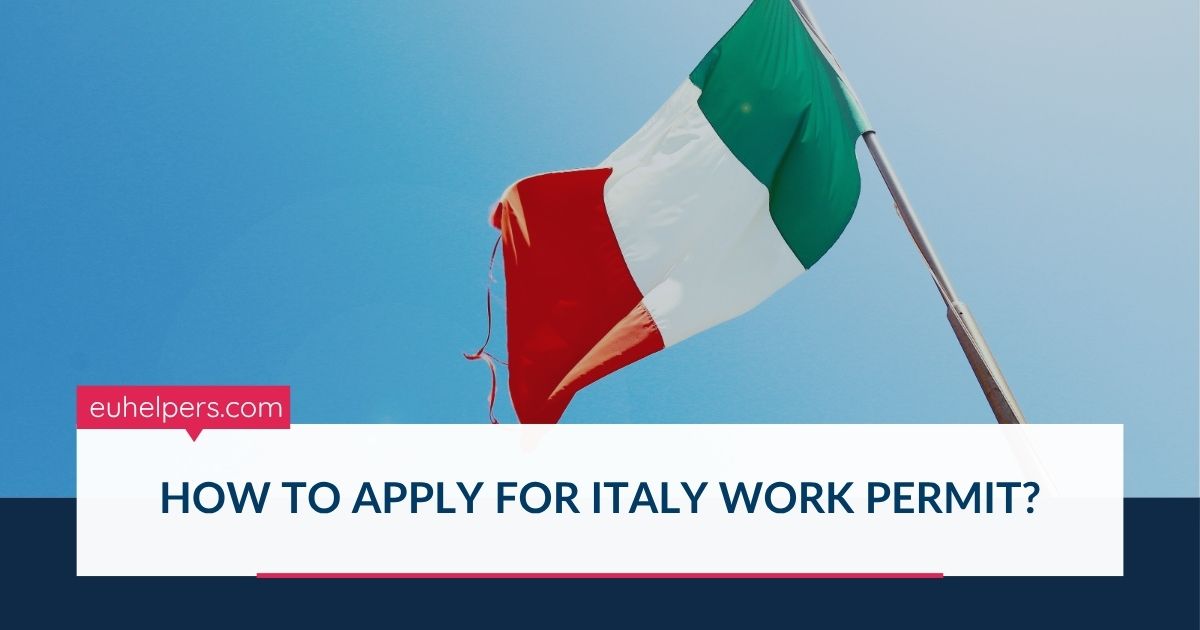Working in Italy as a non-EU citizen involves a structured process that begins with a job offer and continues through immigration, visa, and residence procedures. Below is a detailed guide to help you navigate the steps needed to legally live and work in Italy.
1. Secure a Job Offer from an Italian Employer
Your journey to working in Italy starts with obtaining a formal job offer from an Italian employer.
-
The employer must be willing to sponsor your work visa and initiate the official employment process.
-
Employment must fall within the quotas established by the Decreto Flussi—Italy’s annual immigration plan.
2. Employer Applies for a Work Permit (Nulla Osta)
Once you've secured a job offer:
-
Your employer must apply for a work permit (Nulla Osta) on your behalf through the Sportello Unico per l’Immigrazione (Unified Immigration Desk) in Italy.
-
The application includes submitting your employment contract and other documentation proving that the job offer meets Italian labor law requirements.
3. Await Work Permit Approval
If the Nulla Osta application is approved:
-
The Italian immigration office will issue the work permit, which is then sent to your employer.
-
This document is crucial for the next steps of the visa process.
4. Apply for a Work Visa at the Italian Embassy or Consulate
With your approved Nulla Osta in hand, you must now apply for a national work visa (Type D) at the Italian consulate or embassy in your home country.
5. Gather the Required Documents
Prepare the following documentation for your visa application:
-
Valid passport
-
Original and copy of the Nulla Osta
-
Signed employment contract
-
Recent passport-sized photographs
-
Proof of accommodation in Italy
-
Proof of sufficient financial means
-
Flight itinerary
-
Health and travel insurance
-
Additional documents may be required depending on your nationality and the embassy's specific guidelines.
6. Submit Your Visa Application
-
Submit the completed application and documents to the Italian embassy or consulate.
-
Some consulates may require you to schedule an appointment in advance.
7. Attend a Visa Interview (if required)
-
You may be asked to attend an interview at the consulate as part of the visa assessment process.
-
Be prepared to answer questions about your job, accommodation, and reasons for moving to Italy.
8. Receive Your Work Visa
-
Once your visa is approved, you will be notified to collect your visa from the consulate.
-
This visa allows you to legally enter Italy for work.
9. Enter Italy and Apply for a Residence Permit
After arriving in Italy:
-
You must apply for a residence permit (Permesso di Soggiorno) within eight days of arrival.
-
Begin the process at your local post office by picking up a “kit permesso di soggiorno” or through the Portale Immigrazione.
-
You will later be called for an appointment at the local Questura (police headquarters) to finalize your permit.
-
Residence Permit Duration: Your Permesso di Soggiorno will usually match the length of your employment contract and can be renewed.
-
Quota Restrictions: Italy has an annual limit on the number of non-EU workers allowed, so apply early during the Decreto Flussi period.
-
Language and Integration: Although not always required, knowledge of basic Italian will greatly help with both the job and the bureaucratic process.
For the most accurate and up-to-date guidance, consult the official website of the Italian Ministry of Foreign Affairs or contact your nearest Italian consulate.

